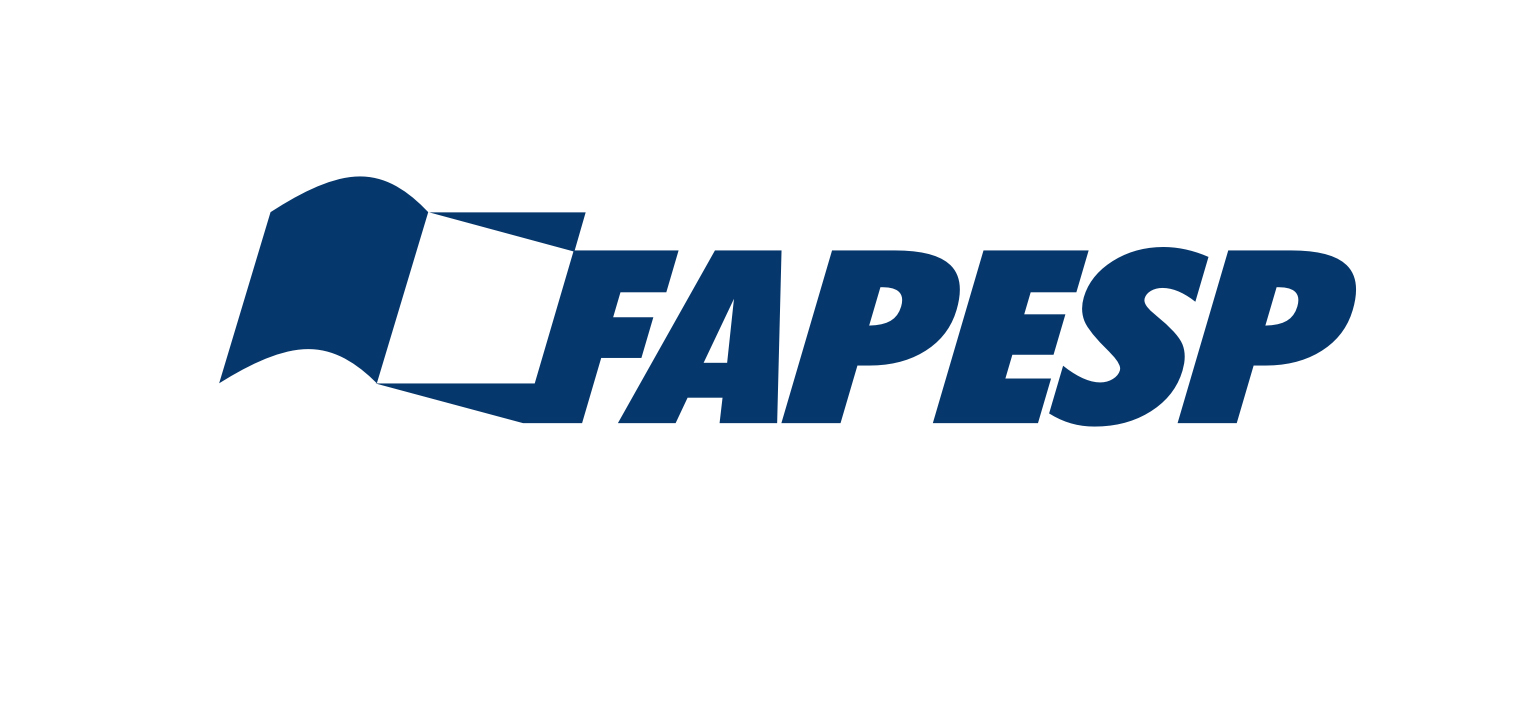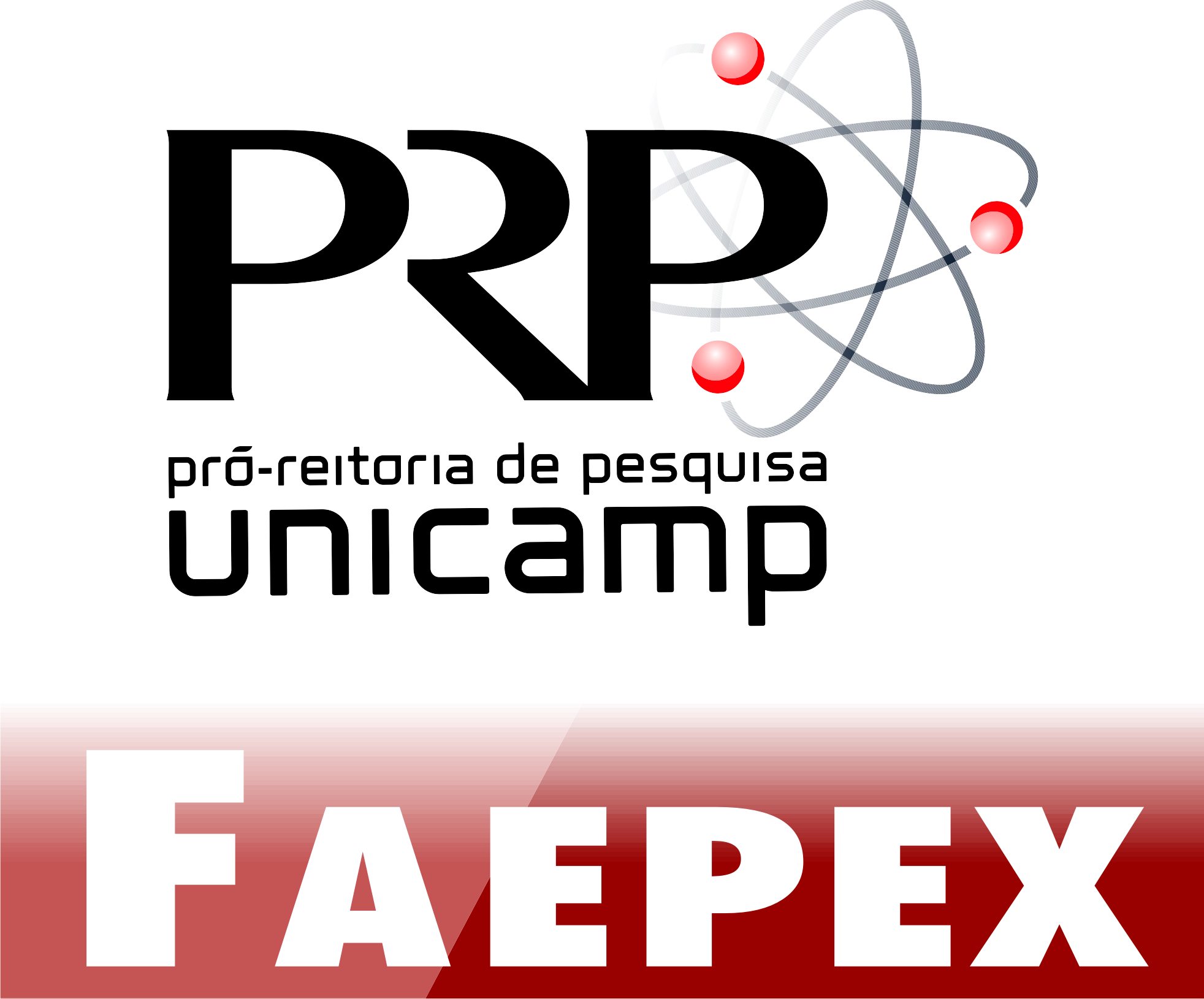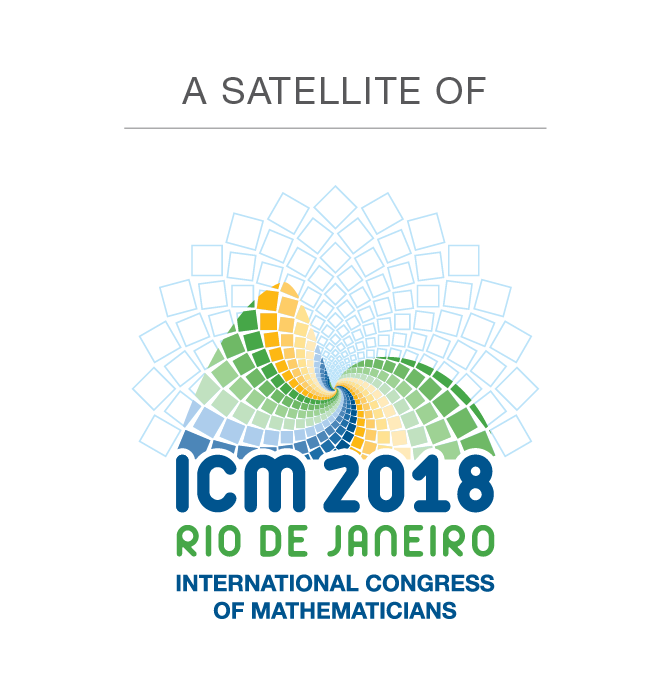About the conference
The Algebraic Geometry community in Brazil counts with several research groups dedicated with
diverse aspects of the field, like arithmetic geometry, birational geometry, classification of sheaves,
holomorphic foliations, and interactions with String Theory and mathematical physics.
The theory of moduli spaces is a common thread that unites all of these areas and also has a relevant interplay
with other areas of mathematics.
Our goal is to bring together senior and young researchers currently working on moduli spaces and
related areas on the occasion of the 2018 International Congress of Mathematicians. We expect to
create an enviroment that enhances the exchange of new ideas through discussion sessions, and
helps to establish working contacts, building on the existing network that links brazilian algebraic
geometers to their colleagues abroad. In this way, we hope that such meeting will highlight Brazil as
a major location for work in algebraic geometry to the next generation of researchers.
Scientific Committee
Eduardo Esteves (IMPA, Brazil)
Rosa Maria Miró-Roig (University of Barcelona, Spain)
Giorgio Ottaviani (University of Florence, Italy)
Ravi Vakil (Stanford University, USA)
Local Organizing Committee
Marcos Jardim (University of Campinas, Brazil)
Simone Marchesi (University of Campinas, Brazil)
Schedule
July, 26th
9:00 a.m. : Registration
9:30 a.m. : Greb
Moduli of sheaves on higher-dimensional projective manifolds
10:30 a.m. : Faenzi
Families of Cohen-Macaulay modules on singular spaces
11:30 a.m. : Coffee Break
12:00 p.m. : Bodzenta
Categorifying non-commutative deformation theory
1:00 p.m. : Lunch
3:00 p.m. : Sawon
Lagrangian fibrations by Prym varieties
4:00 p.m. : Andrade
Orthogonal instanton bundles on Pn
4:30 p.m. : Coffee Break
5:00 p.m. : Bryan
Banana Manifolds, Donaldson-Thomas theory, and modular forms
To be determined. : Social dinner
July, 27th
9:30 a.m. : Araujo
Moduli spaces of parabolic vector bundles on P1
and a special family of Fano manifolds
10:30 a.m. : Aprodu
Green’s conjecture and vanishing of Koszul modules
11:30 a.m. : Coffee Break
12:00 p.m. : Hoskins
On the motive of the stack of vector bundles on a curve
1:00 p.m. : Lunch
3:00 p.m. : Tikhomirov
Geography and geometry of the moduli spaces of semi-stable
rank 2 sheaves on projective space
4:00 p.m. : Barros
Geometry of the moduli of n-pointed K3 surfaces of small genus
4:30 p.m. : Coffee Break - Posters
5:00 p.m. : Poster Session
July, 28th
9:30 a.m. : Farkas
The Prym-Green Conjecture
10:30 a.m. : Coskun
The cohomology and birational geometry of moduli spaces of sheaves on
surfaces
11:30 a.m. : Coffee Break
12:00 p.m. : Saccà
Remarks on degenerations of hyper-Kähler manifol
1:00 p.m. : Lunch
3:00 p.m. : Vainsencher
Enumeration of singular hypersurfaces, old and new
4:00 p.m. : Kaur
A Torelli-type theorem for moduli spaces of semistable sheaves over nodal
curves
4:30 p.m. : Coffee Break
5:00 p.m. : Huizenga
Properties of general sheaves on Hirzebruch surfaces
July, 29th
9:00 a.m Morning dedicated to posters and discussions
1:00 p.m. : Social Lunch
3:00 p.m. : Free afternoon
July, 30th
9:30 a.m. : Alexeev
Compact moduli and reflection groups
10:30 a.m. : Schmidt
Bridgeland stability and the genus of space curves
11:30 a.m. : Coffee Break
12:00 p.m. : Coelho
Hurwitz schemes and gonality of stable curves
1:00 p.m. : Lunch
3:00 p.m. : Hulek
The cohomology of moduli spaces of cubic threefolds
4:00 p.m. : Svaldi
On the boundedness of Calabi-Yau varieties in low dimension
4:30 p.m. : Coffee Break
5:00 p.m. : Routis
Complete complexes and spectral sequences
July, 31st
9:30 a.m. : Macrì
The period map for polarized hyperkähler manifolds
10:30 a.m. : Davison
Integrality of BPS invariants
11:30 a.m. : Coffee Break
12:00 p.m. : Pereira
Irreducible components of the space of codimension one foliations
1:00 p.m. : Lunch
Speakers
Plenary talks
Valery Alexeev
University of Georgia, USA
Marian Aprodu
University of Bucharest, Romenia
Carolina Araujo
IMPA, Brazil
On one hand, they are blowups of P2 at 5 general points.
On the other hand, they are complete intersections of two quadric hypersurfaces in P4.
This is a joint work with Cinzia Casagrande.
Agnieszka Bodzenta-Skibinska
University of Warsaw, Poland
Jim Bryan
University of British Columbia, Canada
Juliana Coelho
Fluminense Federal University, Brazil
We introduce pointed compactified Hurwitz schemes, allowing us to consider clutching maps similar to those existing for the moduli space of stable curves. As an application, we compare the gonality of a stable curve to that of its partial normalizations. This is a joint work with Frederico Sercio.
Izzet Coskun
University of Illinois at Chicago, USA
Ben Davison
University of Edinburgh, UK
Daniele Faenzi
University of Bourgogne, France
Gavril Farkas
Humboldt University, Germany
Daniel Greb
University of Duisburg-Essen, Germany
Victoria Hoskins
Freie Universität Berlin, Germany
Jack Huizenga
Pennsylvania State University, USA
Our results extend analogous results on the projective plane by Gottsche-Hirschowitz and Bertram-Goller-Johnson to the case of Hirzerbruch surfaces. This is joint work with Izzet Coskun.
Klaus Hulek
Leibniz Universität Hannover, Germany
Emanuele Macrì
Northeastern University, USA
As an application we will present a new short proof (by Bayer and Mongardi) for the celebrated result by Laza and Looijenga on the image of the period map for cubic fourfolds. If time permits, as second application, we will show that infinitely many Heegner divisors in a given period space have the property that their general points correspond to projective hyperkähler manifolds which are isomorphic to Hilbert schemes of points on K3 surfaces.
This is joint work with Olivier Debarre.
Jorge Vitório Pereira
IMPA, Brazil
Evangelos Routis
University of Tokyo, Japan
Giulia Saccà
Massachusetts Institute of Technology, USA
Justin Sawon
University of North Carolina at Chapel Hill, USA
Benjamin Schmidt
The University of Texas at Austin, USA
Alexander S. Tikhomirov
National Research University Higher School of Economics, Russia
Israel Vainsencher
Federal University of Minas Gerais, Brazil
Short communications
Aline Andrade
Federal University of Viçosa, Brazil
Ignacio Barros
Humboldt University, Germany
Inder Kaur
IMPA, Brazil
Roberto Svaldi
University of Cambridge, UK
Posters
Moduli space of torsion free sheaves on projective spaces
Charles Almeida (Universidade Estadual de Campinas, Brazil)
We describe irreducible components of the moduli spaces of rank 2 torsion free sheaves on P3 with prescribed singularities, and prove that the number of such irreducible components grows as the second Chern class of the sheaves grows. Additionaly, we study the case where the second Chern class of the sheaves are small, computing the exact number of irreducible components of the moduli space for particular cases. This is a joint work with Marcos Jardim, Alexander S. Tikhomirov.
Holomorphic distributions on Fano threefolds
Alana Cavalcante (Universidade Federal de Ouro Preto, Brazil)
In my Phd thesis, we studied holomorphic distributions of dimension and codimension
one on smooth weighted projective complete intersection Fano threedimensional manifolds, with Picard number equal to one.
The goal of this work is to characterize those distributions whose tangent and conormal sheaves are arithmetically Cohen Macaulay (aCM), i.e. have no intermediate cohomology. In addition, we also studied the properties of their singular schemes and we construct examples of codimension one distributions on X.
There are more types of Fano threefolds. By considering the restriction Pic(X)≃Z, one obtains 18 families. Now, the objective is to complete these characterizations for any Fano Threefold with Picard number one, for smooth hyperquadrics Qn, with n≥4, and for Grassmannians. Joint work with Maurício Corrêa.
Refined invariants for framed sheaves on P3, and their asymptotics
Alberto Cazzaniga (AIMS-SA, Stellenbosch University, South Africa)
The moduli space of sheaves on the projective space framed along a plane can be realised as the moduli space of representations of the three-loop quiver with relations induced by a superpotential. We study the generating series of a refinement of Donaldson-Thomas invariants for these moduli spaces, obtaining a closed product formula and an explicit description in terms of weighted 3D-partitions. Finally, we describe the asymptotics of the generating series. Work in collaboration with Dr. D. Ralaivaosaona.
Connectedness of the punctual Hilbert and Quot schemes over C3
Douglas Guimarães (Universidade Estadual de Campinas, Brazil)
We exhibit a bijection between the Quot scheme of n points over the affine space Cd and the space of d nilpotent n by n matrices commuting with each other and satisfying a stability condition modulo the GLn(C) action given by conjugation. With that done, we show the irreducibility of the punctual Quot scheme over the affine space C2, which was done also by Baranovsky and, after that, we study the connectedness of the Quot scheme in some particular cases of d and n.
A birational model of moduli of genus 4 curves using stable log surfaces
Changho Han (Harvard University, USA)
Ever since the discovery of Deligne and Mumford, people considered many different ways to compactify moduli of curves. Vast majority of the known modular constructions rely on imposing singularity conditions on curves, which were shown to fit into Hassett and Keel's minimal model program on the DM compactification. Instead, I will instead showcase a birational moduli of genus four covers by degenerating a pair of canonical genus 4 curves and a unique quadric surface containing it, inspired by the work of Hassett. Then I will explain the geometry of this moduli space and state conjectures about relations to Hassett-Keel program. This is a joint work in with Anand Deopurkar.
Chamber decompositions for the effective cone of Mori dream spaces
Rick Rischter (Universidade Federal de Itajubá, Brazil)
In this poster I will give examples of Mori Dream Spaces with distinct stable base locus and Mori chamber decompositions of its effective cone. I will also discuss sufficient conditions for the two decompositions to coincide. This is a work in progress with Alex Massarenti and Antonio Laface.
Characterizing the gonality of two-component stable curves of compact type
Frederico Sercio (UFF, Brazil)
It is a well-known result that a stable curve of compact type with two components is hyperelliptic if and only if both components are hyperelliptic and the point of intersection is a Weierstrass point for each of them. We generalize this characterization for higher gonality with the use of admissible covers. This is a joint work with Juliana Coelho.
Monads on projective varieties
Helena Soares (ISCTE-IUL, Portugal)
We generalise Floystad's theorem on the existence of monads on the projective space to a larger set of projective varieties. We consider a variety X, a line bundle L on X, and a base-point-free linear system of sections of L giving a morphism to the projective space whose image is either arithmetically Cohen-Macaulay (ACM), or linearly normal and not contained in a quadric. We give necessary and sufficient conditions on integers a, b, and c for a monad of type
0→(L∨)a→ObX→Lc→0
to exist. We show that under certain conditions there exists a monad whose cohomology sheaf is simple. We furthermore characterise low-rank vector bundles that are the cohomology sheaf of some monad as above. Finally, we obtain an irreducible family of monads over the projective space and make a description on how the same method could be used on an ACM smooth projective variety X. We establish the existence of a coarse moduli space of low-rank vector bundles over an odd-dimensional X and show that in one case this moduli space is irreducible. Joint work with Simone Marchesi and Pedro Macias Marques.
On gonality, canonical models of curves and scrolls
Danielle Lara (Universidade Federal de Viçosa, Brazil)
Jairo Menezes e Souza (Universidade Federal de Goiás, Brazil)
Let C be an integral and projective curve; and let C′ be its canonical model. We study the relation between the gonality of C and the dimension of a rational normal scroll S where C′ can lie on. We are mainly interested in the case where C is singular, or even non-Gorenstein, in which case C′≇. We first analyze some properties of an inclusion C'\subset S when it is induced by a pencil on C. Afterwards, in an opposite direction, we assume C' lies on a certain scroll, and check some properties C may satisfy, such as gonality and the kind of its singularities. At the end, we prove that a rational monomial curve C has gonality d if and only if C' lies on a (d-1)-fold scroll.
Multiplication Maps of sections and higher rank Brill-Noether Theory
Naizhen Zhang (Katholieke Universiteit Leuven, Belgium)
We discuss our recent progress on higher rank Brill-Noether Theory through the lens of multiplication maps of sections of line bundles on smooth curves.
Conference picture
Travel Information
Accomodation
The organization has a special deal with the Hotel Dan Inn Cambui, which is located in the Cambui neighbourhood downtown Campinas.
You can write to either one of the local organizers, until June 30th, with the details of your staying and we will inform the hotel with your request. If you do so, please specify if you want a single room or if you would like to share one with another participant.
Visa and permanence
Who needs a visa to visit Brazil?
Entry visas for Brazil are not required for short tourism and business trips by citizens of most countries in South America, Central America, and Europe, as well as nationals from South Africa, Singapore, Israel, Morocco, Mexico, Mongolia and some other countries. Citizens from Mercosul countries may enter Brazil with a recent official identification document from their home country in lieu of a passport.
Entry visas for visiting Brazil are currently required from citizens from Australia, Canada, Haiti, the United States of America, most countries in Africa, Asia and Oceania, and a few other countries. Check the brazilian consulate in your country of birth to check if you need a visa.
The whole process of requiring a vista is the sole responsibility of each individual participant.
Letter of invitation
Brazilian authorities may request letters of invitation from the MSAG participants. Contact us if you need such letter.
Airports
GRU - Guarulhos International Airport
Hosts domestic and international flights.
Website of the airport
GRU Airport (Cumbica) connects Guarulhos to the other main cities, including Campinas. There is the following direct executive bus from the airport to Campinas Bus Station that should be taken at Terminal 2:
Executive Line
Company: VB Transportation (Lira Bus)
Bus fare to Campinas Bus Station: Reais 36,00
Time schedule:
Cumbica to Campinas (Lira bus): 6h30, 8h00, 9h00, 10h30, 12h00, 14h00, 16h00, 17h30, 18h45, 20h00, 21h30, 23h00, 00h30.
From the Bus Station to Barão Geraldo District (where the School/Workshop Venue is located) it is recommended to take a taxi (see Taxi and related services).
CGH - São Paulo/Congonhas Airport
Domestic flights.
Website of the airport
CGH Airport connects São Paulo to the other main cities, including Campinas. There is the following direct executive bus from the airport to Campinas Bus Station:
Executive Line
Company: VB Transportation (Lira Bus)
Bus fare to Campinas Bus Station: Reais 31,00
Time schedule:
Congonhas to Campinas (Lira Bus): 7h00, 9h00, 12h00, 14h30, 15h00, 17h30, 20h30, 23h15.
From the Bus Station to Barão Geraldo District (where the School/Workshop Venue is located) it is recommended to take a taxi (see Taxi and related services).
VCP - Viracopos International Airport
Domestic and (some) international flights.
Website of the airport
Viracopos International Airport is connected to the major cities in the metropolitan area of Campinas via public transportation (193 from the Airport to Bus Station and 331 from the Bus Station to Terminal Barão Geraldo, R$ 9,40) or the following executive line:
Executive Line
Company: VB Transportation (Lira Bus)
Bus fare to Campinas Bus Station: Reais 13,00
Time schedule:
Viracopos to Campinas: 05h45, 06h50, 08h00, 09h00, 10h15, 11h15, 13h00, 14h30, 16h00, 17h30, 19h00, 20h15, 21h45, 23h15, 00h30.
From the Bus Station to Barão Geraldo District (where the School/Workshop Venue is located) it is recommended to take a taxi (see Taxi and related services).
General Information
Time zone
The time zone for Campinas is GMT - 3:00.
Climate
Campinas has a tropical climate. Winter (June to September) typically has temperatures in the 11ºC (51.8ºF)– 25ºC (77ºF).
Currency
The official currency of Brazil is the Real, plural reais (BRL or R$). The exchange of money and traveler checks can be done at banks and travel agencies.
Mains eletricity
The standard voltage in Campinas is 110 - 120 volts. Some buildings (including several hotels) have
additional 220-volt power plugs, as a rule clearly marked. The current standard for power outlets in Brazil
looks like this (please do not ask us why):

There are few of these outlets in our building though. We shall be able to provide a limited number of
adapters (depending on how many we can scratch from our drawers). In our building one can find many
outlets suitable for the US standard, and also for the European one (two round sticks).
Taxis and related services
Regular cabs offer rides charged by the meter, except for certain rides starting from local airports and most taxi drivers only accept direct payment in cash. Mobile apps such as 99 Taxi, Uber and Cabify allow the use payment via preregistered credit card.
Phone Service
The list of city codes, operator codes and country codes can be requested in the reception of a hotel.
Area Code for Campinas: 19
Country Code for Brazil: 55
National Long Distance Calls: 0 + operator code + city code + phone number
National Long Distance Collect Calls: 90 + operator code + city code + phone number
International Long Distance Calls: 00 + operator code + country code + city code + phone number
0800 Calls: Call the desired number
Emergency Numbers
Police: 190
First Aid: 192
Fire Department: 193
Contact
For any information, please contact the local organizers at the following e-mail adresses.




